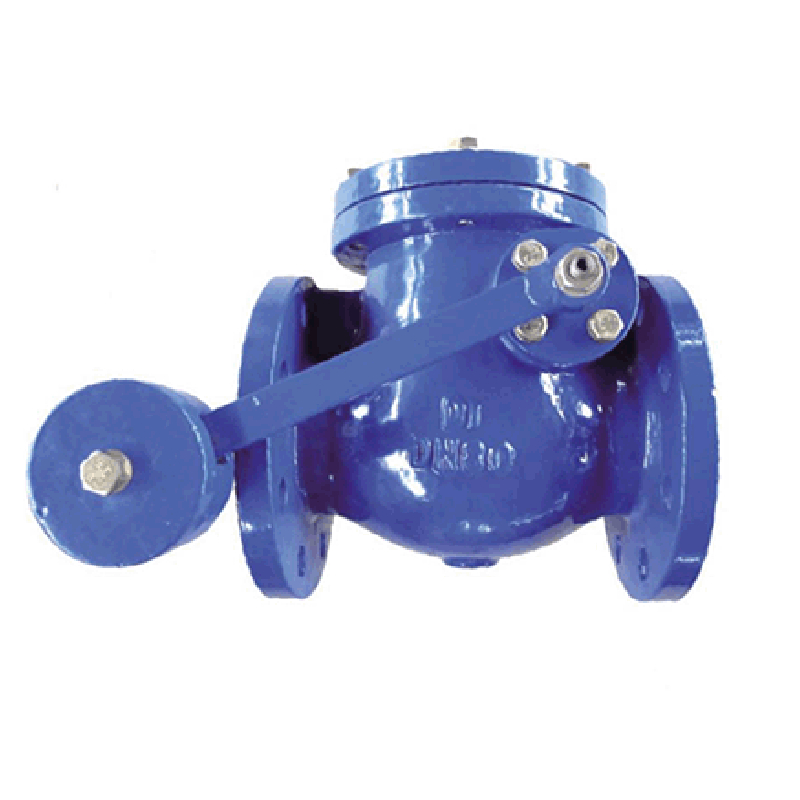Dec . 11, 2024 10:42 Back to list
Exploring the Functionality and Applications of Gate Valves in Piping Systems
Understanding Gate Valves Essential Components in Fluid Control
Gate valves are essential components in fluid control systems, widely used in various industries such as water distribution, oil and gas, and chemical processing. Their primary function is to start or stop fluid flow, making them ideal for applications where a straight-line flow of fluid and minimum flow restriction are needed. This article delves into the design, operation, advantages, and applications of gate valves, providing a comprehensive overview of their role in fluid management.
Design and Operation
A gate valve is characterized by its unique structure, which features a gate or wedge that moves up and down to control the flow of fluid. The valve is typically composed of a body, a bonnet, a gate, and an actuator, such as a handwheel or electric motor. When the gate is fully raised, the fluid can flow freely through the valve, minimizing turbulence and pressure drop. Conversely, when the gate is lowered into the flow path, it creates a seal against the valve body, stopping the flow entirely.
The design varies depending on the type of fluid, the pressure ratings, and the specific application. Common materials used in manufacturing gate valves include cast iron, carbon steel, stainless steel, and bronze, chosen based on their strength, resistance to corrosion, and specific service conditions. Gate valves can be classified into two main types rising stem and non-rising stem valves. Rising stem valves have a visible stem movement above the valve body, while non-rising stem valves operate with the stem movement contained within the valve body.
Advantages of Gate Valves
One of the significant advantages of gate valves is their ability to provide a tight seal against high pressures and temperatures
. This makes them suitable for various applications, particularly those involving gas and liquid under considerable pressure. Additionally, the design of gate valves allows for minimal fluid turbulence, leading to less wear on the valve and piping, which enhances longevity and reduces maintenance costs.gate valve

Gate valves are straightforward to operate and can be fully opened or closed with a quarter-turn of their actuator, making them user-friendly. They also have a simple construction, which means fewer components can lead to lower production and replacement costs. Their robust design enables them to handle a wide range of temperatures and pressures, making them versatile for multiple applications.
Applications of Gate Valves
Gate valves play a crucial role in numerous industrial applications. In the water and wastewater treatment industry, they are used to control the flow of water and other fluids, ensuring efficient management and treatment. In the oil and gas sector, gate valves are critical in pipelines to manage the flow of crude oil, natural gas, and other hydrocarbons, providing isolation when needed during maintenance or emergencies.
In chemical processing, gate valves prevent leaks and ensure safety by allowing operators to stop the flow of potentially hazardous materials. The power generation sector utilizes gate valves to control steam and water flow in power plants, contributing to efficient energy production.
Moreover, gate valves are commonly found in heating, ventilation, and air conditioning (HVAC) systems, where they control the flow of hot and cold water in heating systems, ensuring optimal temperature regulation.
Conclusion
In summary, gate valves are fundamental components in the management of fluid systems across various industries. Their ability to provide a tight seal, minimize flow resistance, and withstand high pressures makes them indispensable for efficient fluid control. As industries continue to evolve and seek more efficient and effective solutions for fluid management, the design and technology of gate valves are likely to advance further, ensuring they remain a critical component in the infrastructure of modern industrial systems. Understanding their design, advantages, and applications is essential for engineers, operators, and anyone involved in the fluid control industry, as it helps in making informed decisions regarding their selection and use in various applications.
Share
-
Reliable Wafer Type Butterfly Valves for Every IndustryNewsJul.25,2025
-
Reliable Flow Control Begins with the Right Ball Check ValveNewsJul.25,2025
-
Precision Flow Control Starts with Quality ValvesNewsJul.25,2025
-
Industrial Flow Control ReliabilityNewsJul.25,2025
-
Engineered for Efficiency Gate Valves That Power Industrial PerformanceNewsJul.25,2025
-
Empowering Infrastructure Through Quality ManufacturingNewsJul.25,2025


